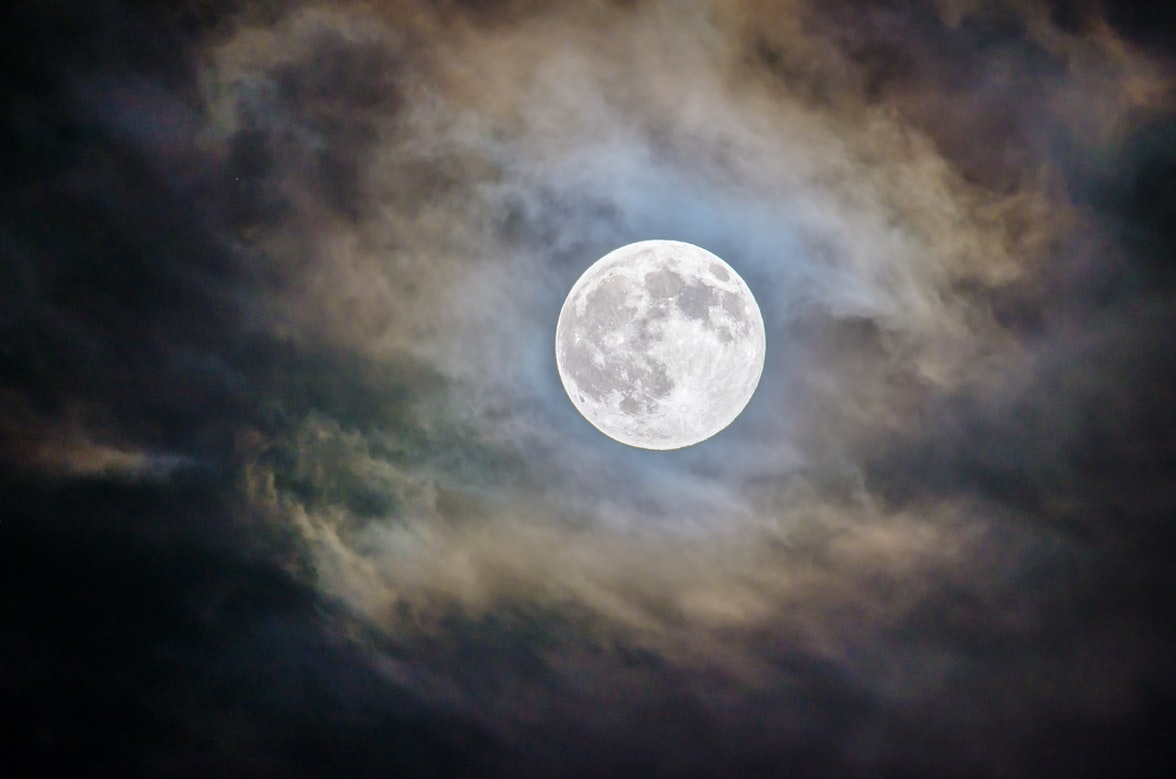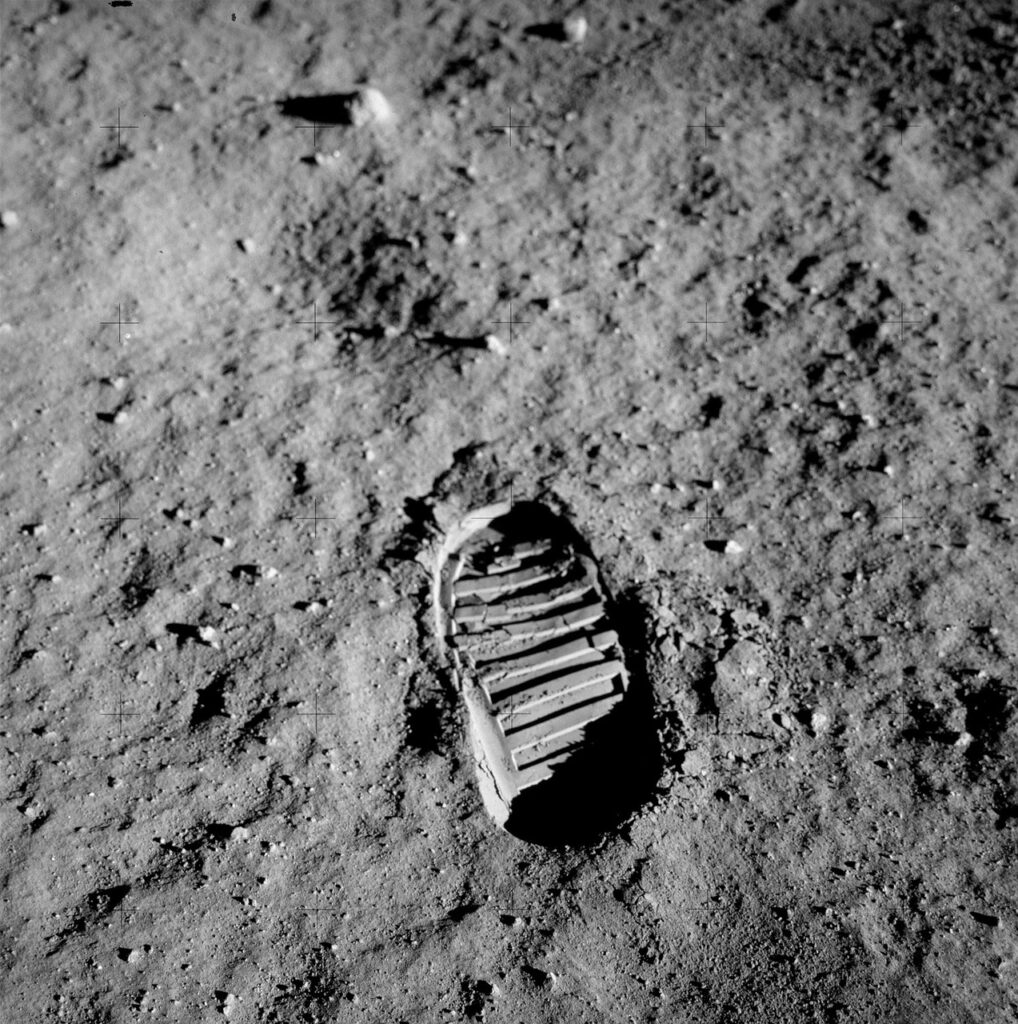Science & Tech
Under the Moon’s Surface There’s Enough Oxygen to Keep Billions Alive For 100,000 Years
Wait, what?

How is this even possible?
Much work and money has recently been invested in technologies that could allow effective space-resource utilization. These efforts have been centered on identifying the optimum technique to manufacture oxygen on the Moon.
In October, the Australian Space Agency and NASA agreed to send an Australian-built rover to the Moon as part of the Artemis program.
The Moon has an atmosphere, however it is thin and largely made up of hydrogen, neon, and argon. That type of gaseous mixture cannot support oxygen-dependent mammals like humans.
However, the Moon has plenty of oxygen. It’s just not a gas. Instead, it’s locked in regolith, the Moon’s surface layer of rock and fine dust.
Can we get enough oxygen from regolith to support human life on the Moon?
Many minerals in the earth contain oxygen. And the Moon is primarily formed of Earth’s rocks (although with a slightly greater amount of material that came from meteors).
Silica, aluminum, iron, and magnesium oxides are abundant on the Moon. It’s only that our lungs can’t access it.
On the Moon, these minerals exist as hard rock, dust, gravel, and stones. Over millennia, meteorites smashing into the lunar surface created this substance.
Some call the Moon’s surface layer “soil.” Soil is a unique and miraculous substance found exclusively on Earth. Over millions of years, millions of species worked on the soil’s primary material, regolith (hard rock).
The outcome is a mineral matrix not found in the original rocks. Soil has extraordinary physical, chemical, and biological properties. On the other hand, the Moon’s surface is mostly unaltered regolith.

The regolith on the Moon contains about 45% oxygen. But that oxygen is locked up in those minerals. We need to put in energy to break those tight relationships.
On Earth, this method is utilized to make aluminum. To separate aluminum from oxygen, an electrical current is conducted through a liquid form of aluminum oxide (usually termed alumina).
In this situation, oxygen is a byproduct. On the Moon, the oxygen is the main product, and the aluminum (or other metal) is a byproduct.
It’s a simple process, but it’s also quite energy intensive. It would need to be powered by solar energy or other lunar resources to be sustainable.
Making oxygen from regolith would necessitate heavy industrial equipment. First, we’d need to melt solid metal oxide with solvents or electrolytes.
It’s possible now, but getting it to the Moon and running it will be difficult.
Space Applications Services, a Belgian business, stated earlier this year that it was developing three experimental electrolysis reactors. They hope to send it to the Moon by 2025 as part of the European Space Agency’s ISRU project.
But, if we succeed, how much oxygen will the Moon provide? Actually, quite a bit.
We can estimate the amount of oxygen in the Moon’s regolith if we ignore the deeper hard rock stuff.
Lunar regolith includes 1.4 tons of minerals, including 630 kilos of oxygen per cubic meter. NASA estimates that we need 800 g of oxygen every day to survive. So 630 kg oxygen would last two years (or just over).
Assume the regolith on the Moon is 10 meters deep and we can extract all the oxygen from it. That means the top ten meters of the Moon’s surface could support all 8 billion people on Earth for about 100,000 years if they wanted.
This depends on how well we extract and utilize oxygen. This figure is mind-blowing!
While this is all amazing, life on Earth is very precious. And we should safeguard the blue planet, which sustains all terrestrial life without our help.
Typos, corrections and/or news tips? Email us at Contact@TheMindUnleashed.com
